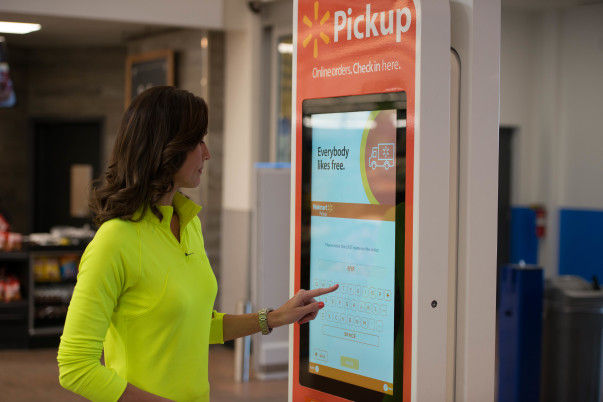For some time now, Walmart has been gearing up for a battle to steal Amazon’s title as top ecommerce giant in the U.S. In their latest attack, Walmart just threw out their paid subscription program and replaced it with free 2-day shipping for a selection of 2 million everyday household goods.
ShippingPass was supposed to be Walmart’s answer to Amazon Prime – a 2-day shipping subscription service priced at $49 a year compared to Amazon’s $99. But Walmart decided to scrap the subscription model altogether and make it easier for people to get cheap items delivered fast. You just need to purchase $35 or more of anything ranging from baby diapers, kitchen ware, or pet food. Same-day store pickup is also available for free as it was before.
This is Walmart’s biggest move to compete with Amazon since its acquisition of ecommerce company Jet.com last year. The smaller retail site also offered free 2-day shipping on purchases of $35 or more. So Walmart seems to be learning some things from its recent purchase. Another way Jet.com might be helping its out new owner could be in the way Walmart has strategically placed fulfillment centers across the country in order to make good on its 2-day shipping promise.
“In today’s world of e-commerce, two-day free shipping is table stakes,” said Marc Lore,
CEO of Walmart U.S. eCommerce and co-founder of Jet.com. “It no longer makes sense to charge for it. We believe this is the most compelling all-around value proposition for customers looking for low prices, a broad assortment and quick shipping.”
In the last few years, we’ve seen brick-and-mortar stores like Walmart make a huge push to compete in the online retail space against Amazon. While the size of their inventory still pales in comparison to Amazon, a spokesman for Walmart emphasized just how much they’ve expanded, noting there were 23 million items available on walmart.com this past holiday season compared to just 8 million available in the prior one.
So Walmart is ramping up its ecommerce game aggressively. But that alone isn’t what will allow Walmart to succeed in its attempted takeover of Amazon. For that, they’ll need to rely on their brick-and mortar outlets again. Consumers today are shifting to demanding a more integrated shopping experience between online and offline channels and in this regard, traditional retail outlets like Walmart and Target might have a home-field advantage. Already recognizing the need for an omni-channel approach, these companies are starting to roll out features like in-store pickup, store inventory checks online, and free in-store returns for items bought online.

Even Amazon is picking up on the demand for brick-and-mortars. They already have dozens of pop-up stores around the country that showcase their electronics and hardware. And Business Insider says they plan to expand to 100 this year. They also have a bookstore in Seattle and plans to create a checkout line-free grocery outlet as well. So the ecommerce battle might be heating up between Walmart and Amazon. But pretty soon, we’ll probably see this war spill out from the cloud and into the city business districts.











